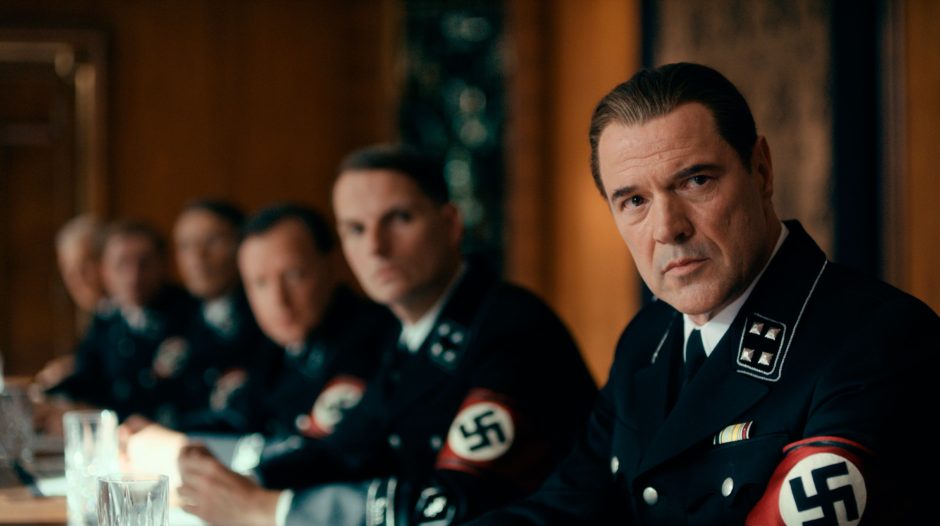Florian Henckel von Donnersmarck’s latest movie, Never Look Away, which opens in Canada on February 22, is a sweeping personal and historic drama about the artistic development of the renowned German painter Gerhard Richter and the turbulence that engulfed Germany during the Nazi era and the division of the country into two politically irreconcilable republics, East Germany and West Germany.
Nominated for Academy Awards in the categories of best cinematography and best foreign picture, it is drenched in art and politics, both of which were subjected to tectonic shifts in 20th century Germany.
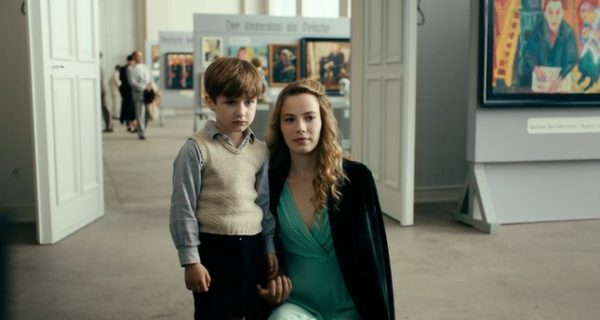
The first scene, in the eastern city of Dresden in 1937, takes place as Elisabeth May (Saskia Rosendahl), a free-spirited young women immersed in the arts, takes her pre-pubescent nephew, Kurt (Cai Cohrs), to a Nazi-sponsored exhibition of “degenerate” art at a local museum.
The Nazis, having defined degenerate art as depraved and shot through with pernicious Jewish influence, have banned it from German galleries. Great artists such as Kirchner, Kandinsky, Klee and Nolde have been branded subversive and beyond the pale. The one-time exhibit of their works is designed to defame and marginalize them in the eyes of the German public.
The guide in the museum, a Nazi stalwart, is a motormouth who denounces the “degenerates.” Being a non-conventional person, Elisabeth advises Kurt, already a budding artist, to appreciate their aesthetic qualities and not to look away from their canvases. She is advising Kurt to keep an open mind, advice he will take to heart as he grows older.
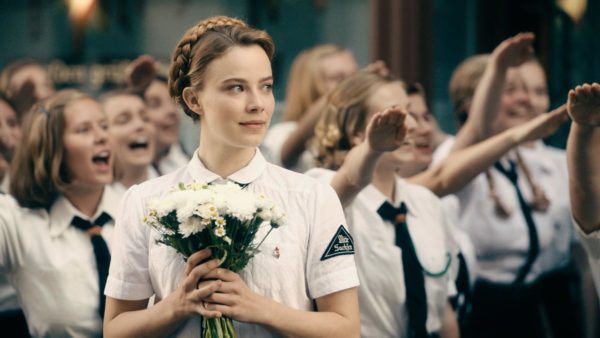
Outwardly, Elisabeth is a poster girl for the Nazi movement. Blue-eyed and fair-haired, with porcelain white skin, she’s an Aryan beauty in every sense of the word. In a grandiose scene emblematic of Von Donnersmarck’s skill as a director, she’s hand-picked by a Nazi official to present a bouquet of flowers to Adolf Hitler as he drives past rapturous crowds in a parade.
Despite her radiant appearance, Elisabeth struggles with demons. When she’s caught stark naked in front of Kurt, in what to her is a harmless personal idiosyncrasy of baring her flesh, she’s packed off to a mental asylum. Two years elapse and Elisabeth, now 23, is brought before Dr. Carl Seeband (Sebastian Koch), a severe-looking gynaecologist employed in the Nazis’ euthanasia program, whose aim is to weed out mental and physical defectives.
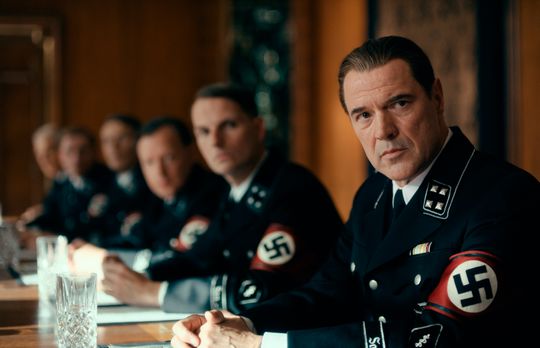
When she learns she will be sterilized, she begs Seeband for mercy, but he’s deaf to her desperate pleas. A member of the dreaded SS, he’s steeped in the pseudo-science of eugenics and supports the creation of an Aryan master race.
As Never Look Away unfolds, a group of German women deemed genetically inferior are gassed in a special facility, while Dresden is bombed by U.S. and British aircraft. Kurt watches in awe as flames devour the city.
With Germany having been defeated, Seeband is arrested, interrogated by a Red army soldier and slapped across the face by a high-ranking Soviet officer who’s trying to coax information from him. The officer revises his view of Seeband after he skillfully delivers his wife’s distressed baby. He’s set free and assured he won’t be prosecuted for his involvement in the euthanasia murders.

It’s 1951 and Kurt (Tom Schilling), a 19-year-old citizen of East Germany, is accepted into an art course. The emphasis here is on ideologically correct social realism. Western bourgeois artists like Picasso are regarded as decadent, vain and undemocratic.
At the academy, Kurt meets Ellie (Paula Beer), a beautiful woman who succumbs to his charms. They fall in love and become intimate. As it happens, Ellie’s father is none other than Seeband, who dotes on her. Seeband portrays himself as an upright person of impeccable integrity. Behind the facade is an adulterer and a diehard Nazi who, in the privacy of his bedroom, struts in front of a mirror in his elegant black SS uniform.
Seeband has a low opinion of Kurt, but he recognizes his talent and asks him to do his portrait. Meanwhile, Kurt receives a government commission to paint a mural in the heroic social realism style for a new history museum.
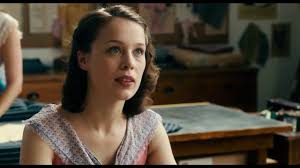
Intent on breaking Ellie’s loving relationship with Kurt, Seeband finds an opportunity to do so after he learns she’s pregnant with Kurt’s child. His ploy doesn’t entirely work, but Seeband has other coals in the fire. Highly successful as a physician, he’s honored by the socialist East German government as a paragon of virtue. The irony is delicious. Under the Nazis, he was a national socialist. Under the communists, he’s transitioned opportunistically into a socialist laboring on behalf of a Marxist state aligned with the Soviet Union, Nazi Germany’s mortal enemy.
When the Soviet officer who’s protected Seeband all these years informs him he must leave East Germany or face charges as a Nazi war criminal, he flees to capitalistic West Germany to seek his fortune. In 1961, just before the Berlin Wall goes up, Kurt and Ellie leave East Germany as well. Kurt’s mural is summarily painted over. As far as the authorities are concerned, he’s a non-person.
Introduced to the avant-garde art scene in West Germany, some of which is completely ludicrous, Kurt is admitted into an art school in Dusseldorf, while Ellie toils over a sewing machine in a garment factory. Kurt’s experiment with modern art leaves him confused and adrift, but a random newspaper headline leads him into the field of photo-realistic painting, which launches his career in earnest.
Von Donnersmarck, whose previous work, The Lives of Others, was a 2006 Oscar winner, directs this vivid film with verve and panache. The lead actors, from Schilling to Beer, turn in mesmerizing performances. The cinematography is sharp and evocative. Never Look Away is proof that cinema in Germany is thriving.
